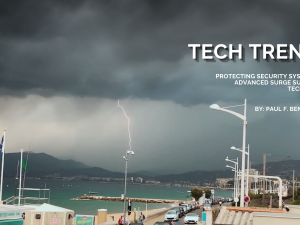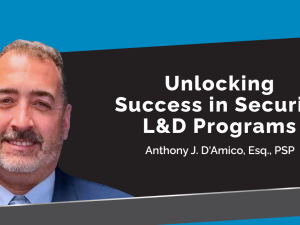Evaluating the Need for an Executive Protection Program
In today’s fast-paced and interconnected world, high-profile executives and corporate leaders face an evolving landscape of threats. These range from cyber intrusions to physical security risks. For high-net-worth individuals and corporate boards responsible for assuring executive safety and business continuity, determining whether to implement an executive protection program is a critical decision that involves assessing various factors.
Here are the key considerations to guide the evaluation process:
1. Threat Landscape and Risk Assessment
Understanding the specific threats and vulnerabilities that executives may face is the first step. A comprehensive risk assessment should evaluate:
- Geopolitical Climate: Are there regional or global political tensions that may impact the executive’s safety?
- Industry Exposure: Does the industry (e.g., finance, technology, or energy) make the individual a potential target?
- Past Incidents: Have there been previous security breaches, protests, or threats targeting the company or its leadership?
This data-driven analysis is essential for tailoring an effective protection program.
2. Public Visibility and Reputation
The level of public exposure significantly influences risk. Factors to evaluate include:
- Media Presence: Executives with a high profile in the media are more likely to attract unwanted attention.
- Social Media Activity: Personal and professional posts can inadvertently reveal patterns or sensitive information.
- Activist Groups: Is the company or its leadership a target for protests, boycotts, or activism?
High visibility often requires proactive measures to ensure safety.
3. Travel Requirements
Corporate leaders often travel extensively, increasing their exposure to unfamiliar and potentially unsafe environments. Consider:
- Domestic vs. International Travel: Some regions have heightened security risks due to political instability or crime.
- Event Attendance: High-profile events, such as conferences or shareholder meetings, can be hotspots for security challenges.
- Travel Patterns: Regular travel to specific locations could create predictable vulnerabilities.
A robust executive protection program should encompass travel security protocols.
4. Family and Personal Considerations
For many high-net-worth executives, threats extend beyond their professional life to their family members. Key factors include:
- Family Visibility: Are family members active on social media or in the public eye?
- Residential Security: is the primary residence and any secondary properties adequately secured?
- Kidnap for Ransom Risks: High-profile families can be attractive targets for extortion schemes.
Comprehensive programs often include measures to protect both the executive and their loved ones.
5. Financial and Reputational Costs of Inaction
The financial and reputational impact of security breaches can be devastating. Boards and executives must weigh:
- Reputation Damage: A publicized security incident can erode stakeholder confidence.
- Legal Liability: Failing to provide adequate protection could lead to lawsuits or regulatory penalties.
- Operational Disruption: Security incidents often result in downtime or loss of focus for key personnel.
Investing in preventive measures is often more cost-effective than managing the fallout from an incident.
6. Integration with Corporate Strategy
An effective executive protection program should align with broader corporate objectives. Questions to consider include:
- Stakeholder Confidence: Will enhanced security reassure investors, employees, and clients?
- Regulatory Compliance: Does the program meet industry-specific security requirements?
- Crisis Preparedness: How does the program fit into overall risk management and business continuity plans?
Security measures should not just address threats but also support the company’s long-term vision.
7. Partnering with Experts
Finally, implementing an executive protection program requires expertise. Consider partnering with Sentinel, where our experts can evaluate the need for an executive protection program and create a professional plan that offers:
- Customized Solutions: A tailored protection program that is based on individual risk profiles and corporate goals.
- Experienced Personnel: Providing oversight to ensuring your executive protection team is highly trained, with proven track records.
- Technology Integration: Use of advanced tools like threat intelligence and Open Source Intelligence (OSINT) platforms like Sentinel’s EventIntel and executive protection support services like our Special Operations Unit, designed to enhance the surveillance and communications capabilities of executive protection teams.
Working with professionals ensures a comprehensive and effective approach that is defensible.
For high-net-worth executives and corporate boards responsible for ensuring the safety of executives and corporate vitality, an executive protection program is not just a luxury—it is a strategic investment in safety, continuity, and peace of mind. By carefully assessing the threat landscape, personal and professional exposure, and the potential costs of inaction, organizations can make informed decisions to protect their leaders and uphold their operational integrity.
Investing in protection is ultimately about safeguarding what matters most: people, reputation, and the future of the organization.







